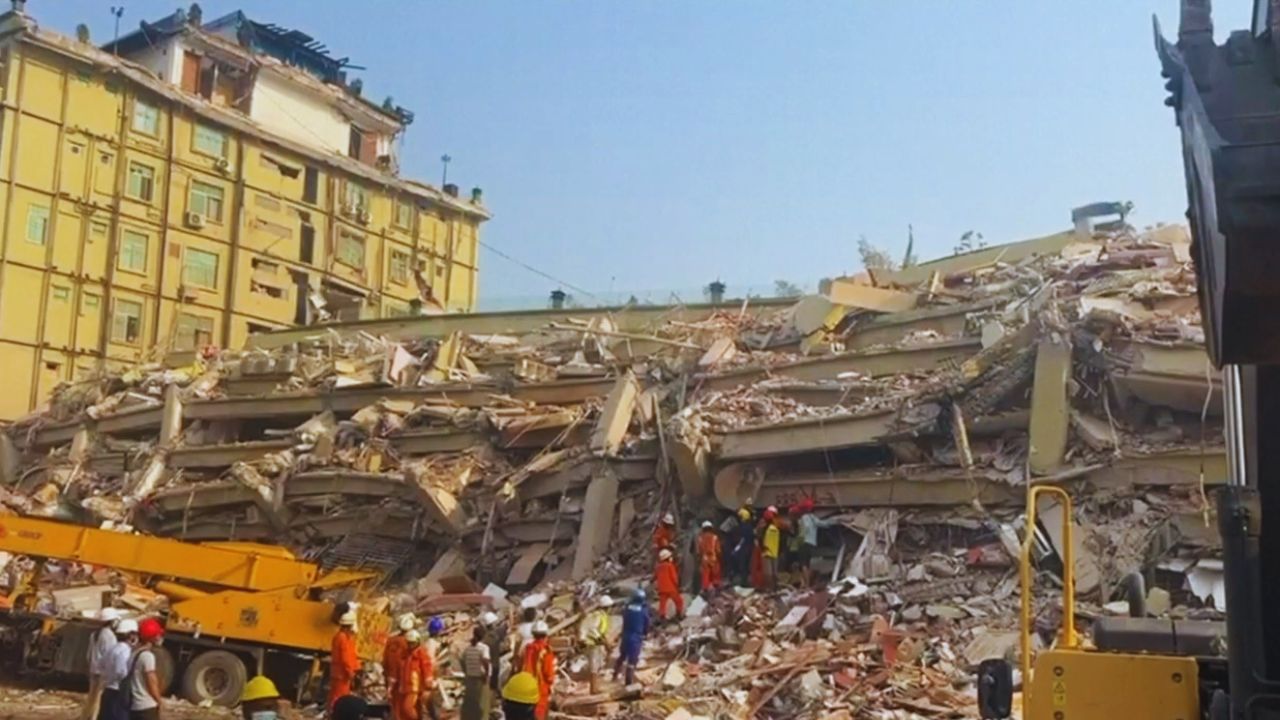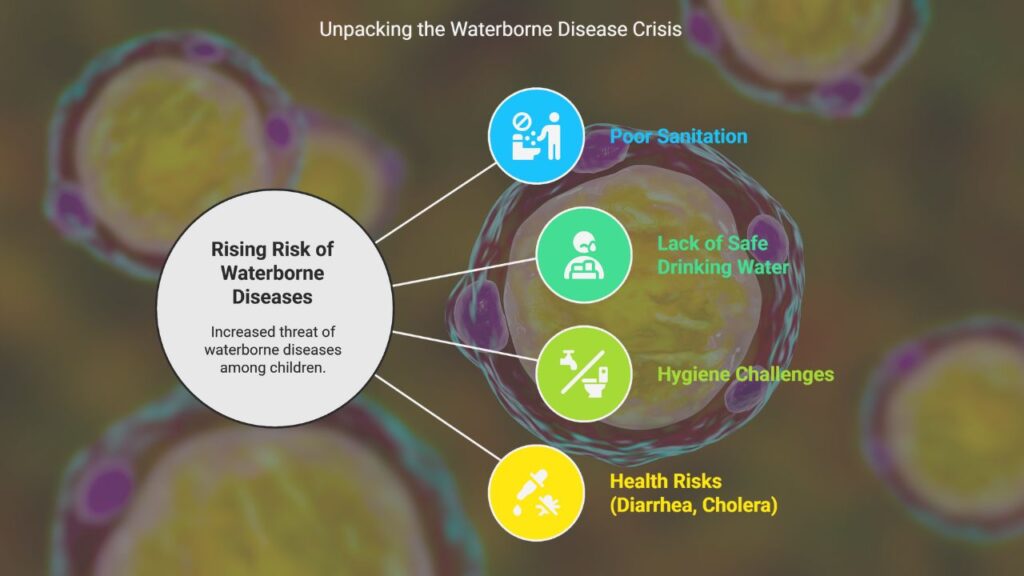The death toll from the devastating earthquake that struck Myanmar on March 28 has risen to at least 3,564, according to official reports. The powerful 7.7-magnitude quake caused widespread destruction, leaving thousands injured and hundreds still missing. As hope of finding more survivors fades, the country now faces a growing humanitarian crisis.
Search Operations Near Completion
Rescue teams from India, Malaysia, and Singapore have returned home after completing their search and recovery missions. Myanmar’s Fire Services Department confirmed on Monday that 10 more bodies were recovered from the ruins of a collapsed building in Mandalay, one of the worst-hit cities and close to the quake’s epicenter.
So far, more than 5,000 people have been reported injured, and over 200 are still missing. The government says these numbers may rise further as assessments continue in remote and heavily damaged areas.
Heavy Rains Slow Relief Work
Over the past weekend, strong winds and heavy rain made rescue and relief efforts even more difficult. Many roads became impassable, and emergency shelters were damaged. Weather forecasts warn that more thunderstorms could hit different parts of the country in the coming days.
Humanitarian organizations say the rain has worsened conditions for families who lost their homes. With shelters overcrowded and clean water in short supply, there is a growing fear of disease outbreaks.
Rising Risk of Waterborne Diseases
The aid group Save the Children has raised serious health concerns. They warn that children are especially at risk of illnesses such as diarrhea and cholera due to poor sanitation and lack of safe drinking water.
Jeremy Stoner, the group’s interim Asia regional director, said:
“The situation right now is desperate for children and their families. After being forced to flee from their ruined homes, they are now facing unseasonably early rains on top of the brutal heat.”
He added that the lack of clean water is making it hard for people to maintain hygiene, which could lead to a growing number of illnesses.
Earthquake Adds to Ongoing Crisis
This deadly earthquake has made life even harder in a country already suffering from civil war. The military took control of Myanmar in 2021, sparking a violent conflict with opposition groups. Even though both sides declared temporary ceasefires to allow aid to reach earthquake victims, each side has blamed the other for breaking the truce.
The conflict has made it harder for humanitarian groups to reach people in need. Some areas are still too dangerous for aid workers to enter.
UN Urges Focus on Humanitarian Support
The United Nations has called for all military operations to stop so that relief efforts can go ahead without interference. UN Human Rights Chief Volker Türk said on Friday:
“I urge a halt to all military operations, and for the focus to be on assisting those impacted by the quake, as well as ensuring unhindered access to humanitarian organizations that are ready to support.”
With thousands of people without homes, food, and medical help, the international community is calling for urgent and coordinated aid to prevent a deeper tragedy from unfolding.
As Myanmar continues to count its dead and care for the injured, the need for swift humanitarian support is more urgent than ever. With the rescue phase nearly over, the focus must now shift to providing food, clean water, shelter, and medical care to the millions affected by this disaster. The road to recovery will be long and difficult, especially for children and families caught in the middle of crisis after crisis.






































